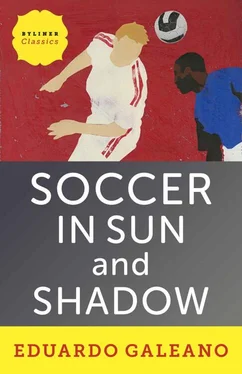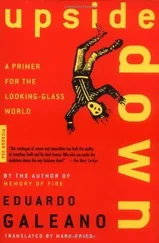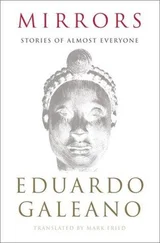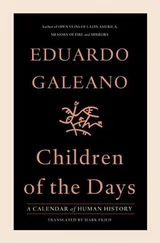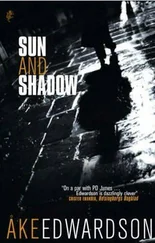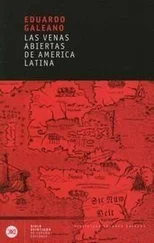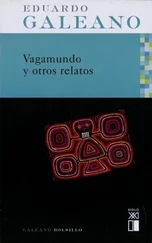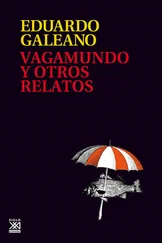Several years later I had the good luck to see the Brazilian Garrincha play, and he too had fun cracking jokes with his legs. Sometimes, when he was at the point of climax, he would back up, just to prolong the pleasure.

Gelsomina and Zampanò sprouted from Fellini’s magic wand and were unhurriedly clowning around in La Strada, while Fangio was surging ahead to become Formula One world champion for the second time. Jonas Salk was concocting a vaccine against polio. In the Pacific the first hydrogen bomb was going off. In Vietnam General Giap was knocking out the French army in the decisive battle of Dien Bien Phu. In Algeria, another French colony, the war of independence was just beginning.
General Stroessner was being elected president of Paraguay in a close contest against himself. In Brazil the noose tied by businessmen and officers, money and guns, was tightening around President Getuio Vargas and soon he would burst his heart with a bullet. U.S. planes were bombing Guatemala with the blessing of the OAS, and an army created by that northern power was invading, killing and winning. While in Switzerland the national anthems of sixteen countries were being sung to inaugurate the fifth World Cup, in Guatemala the victors were singing “The Star Spangled Banner” and celebrating the fall of President Arbenz, whose Marxist-Leninist ideology had been laid bare when he touched the lands of the United Fruit Company.
Taking part in the ’54 World Cup were eleven teams from Europe and three from the Americas, plus Turkey and South Korea. Brazil unveiled its yellow shirt with a green collar to replace the white uniform that had brought them bad luck at Maracanã. But that canary color was no help at first: Brazil fell to Hungary in a violent match and did not even make the semifinals. The Brazilian delegation complained to FIFA about the British referee, who had acted “at the service of international communism against Western Christian civilization.”
Hungary was the easy favorite to win this Cup. The steamroller combination of Puskás, Kocsis, and Hidegkuti had gone four years undefeated, and shortly before the World Cup they had crushed England 7–1. But it was no cakewalk. After the tough encounter with Brazil, the Hungarians threw everything they had at Uruguay. The two teams played to the death, neither giving any quarter, each wearing the other down, until at last two goals by Kocsis decided the match in extra time.
The final pitted Hungary against West Germany, whom the Hungarians had already walloped 8–3 at the beginning of the tournament when the captain Puskás was sidelined with an injury. In the final Puskás reappeared, barely scraping by on one leg, to lead a brilliant but exhausted team. Hungary was ahead 2–0 but ended up losing 3–2, and Germany won its first world title. Austria came in third, Uruguay fourth.
Kocsis the Hungarian was the leading scorer with eleven goals, followed by the German Morlock, the Austrian Probst, and the Swiss Hügi with six apiece. Of Kocsis’s eleven goals, the most incredible was against Brazil. Kocsis took off like an airplane, went flying through the air, and headed the ball into the corner of the goal.
It was at the World Cup in 1954. Hungary, the favorite, was playing West Germany in the final.
With six minutes left in a match tied 2–2, the robust German forward Helmut Rahn trapped a rebound from the Hungarian defense in the semicircle. Rahn evaded Lantos and fired a blast with his left, just inside the right post of the goal defended by Grosics.
Heribert Zimmerman, Germany’s most popular broadcaster, announced that goal with a passion worthy of a South American: “Toooooooooorrrrrrrrrr!!!”
It was the first World Cup Germany had been allowed to play since the war, and the German people felt they again had the right to exist. Zimmerman’s cry became a symbol of national resurrection. Years later, that historic goal could be heard on the soundtrack of Fassbinder’s film The Marriage of Maria Braun, which recounts the misadventures of a woman who cannot find her way out of the ruins.

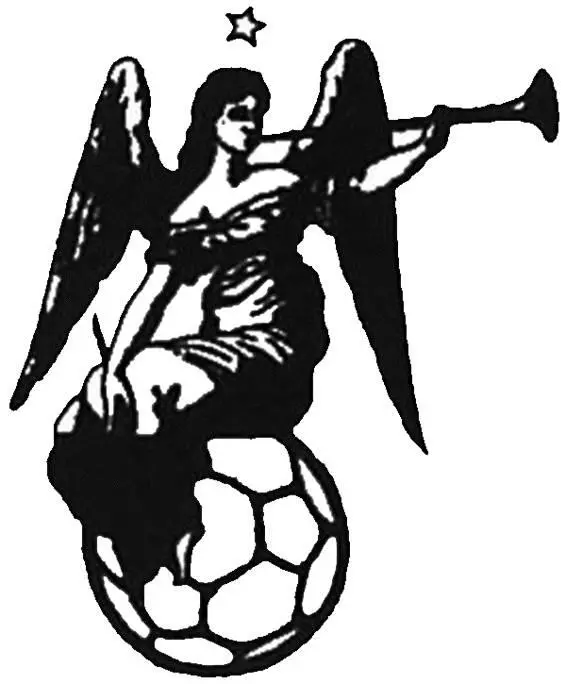
In the mid-1950s, Peñarol signed the first contract for shirt ads. Ten players took the field with a company name displayed on their chests. Obdulio Varela, however, stuck with his old shirt. He explained: “They used to drag us blacks around by rings in our noses. Those days are gone.”
Today, every soccer player is an advertisement in motion.
In 1989 Carlos Menem played a friendly match wearing the shirt of the Argentine national team, along with Maradona and the rest. On television it was hard to tell if he was the president of Argentina or Renault, whose enormous logo was featured on his chest.
In the ’94 World Cup the logos of Adidas or Umbro were more visible on players’ shirts than any national symbol. The Mercedes-Benz star shines alongside the federal eagle on Germany’s training uniform. That same star lights up the clothing of the club VfB Stuttgart. Bayern Munich, by contrast, prefers Opel cars. The packaging firm Tetra Pak sponsors Eintracht Frankfurt. Borussia Dortmund’s players promote Continentale insurance, and Borussia Mönchengladbach’s flog Diebels beer. The teams named for Bayer in Leverkusen and Uerdingen advertise the company’s drugs talcid and larylin on their shirts.
The advertising on a player’s chest is more important than the number on his back. In 1993 the Argentine club Racing, having no sponsor, published a desperate ad in the daily Clarín : “Wanted: Sponsor …” Advertising also outweighs the clean living the sport is supposed to promote. That same year, 1993, while fights in the stands in Chile reached such alarming proportions that the sale of alcohol during matches was banned, most of Chile’s first-division teams were promoting beer or pisco on their shirts.
Speaking of clean living, a few years have gone by since the Pope performed a miracle and turned the Holy Spirit into a bank. Now the Italian club Lazio has it for a sponsor: “Banco di Santo Spirito,” proclaim their shirts, as if each player were one of God’s tellers.
At the end of the second quarter of 1992, the Italian company Motta took stock of its accounts. Its logo, worn proudly on the chests of Club Milan’s players, had been seen 2,250 times in newspaper photos and featured for six hours on television. Motta paid Milan $4.5 million, but its sales of cakes and other treats increased by $15 million over that period. Another Italian firm, Parmalat, which sells dairy products in forty countries, had a golden year in 1993. Its team, Parma, won the European Cup Winners’ Cup for the first time, and in South America three teams that sport its logo on their shirts, Palmeiras, Boca, and Peñarol, won championships. Clambering over eighteen competitors, Parmalat took the Brazilian market by storm and gained a foothold among consumers in Argentina and Uruguay — all with a helping hand from soccer. What’s more, along the way Parmalat bought several South American teams, thus acquiring not only shirts but legs. For ten million dollars, the company bought Edílson, Mazinho, Edmundo, Kléber, and Zinho, all of whom played or once played for the Brazilian national team, as well as the other seven players at the club Palmeiras. Anyone interested in acquiring them should write to the company’s head office in Parma, Italy.
Читать дальше
